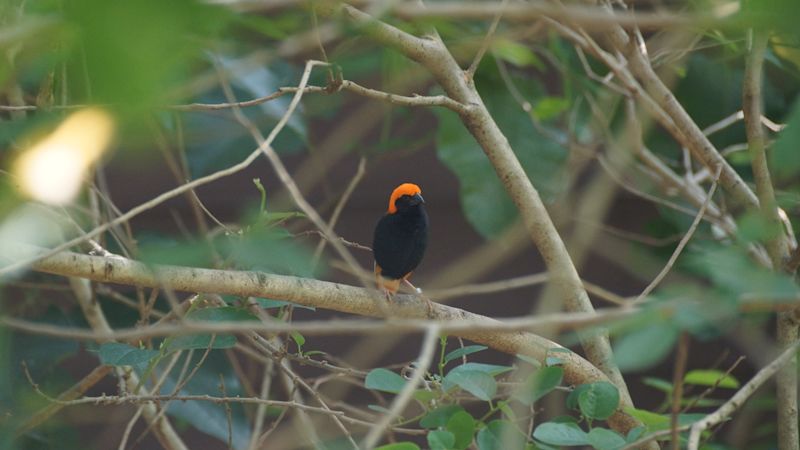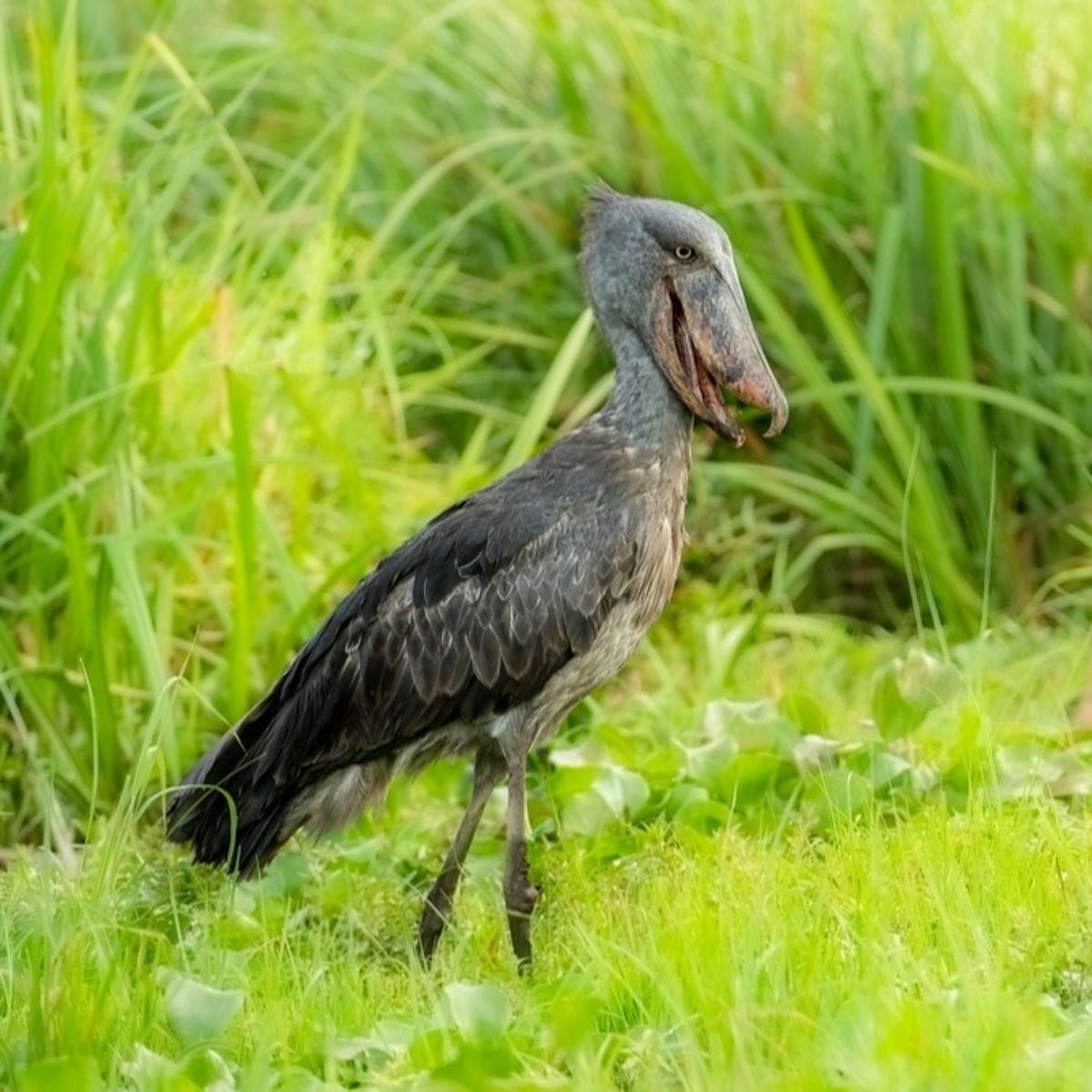
Are you a birder? Then these 9 East African destinations are must-visits!
East Africa is one of the ultimate birding destinations. In fact, its birds have more genetic diversity than anywhere else in the world! It also lets you see many species within a relatively compact area. Here's where all birders should visit ...
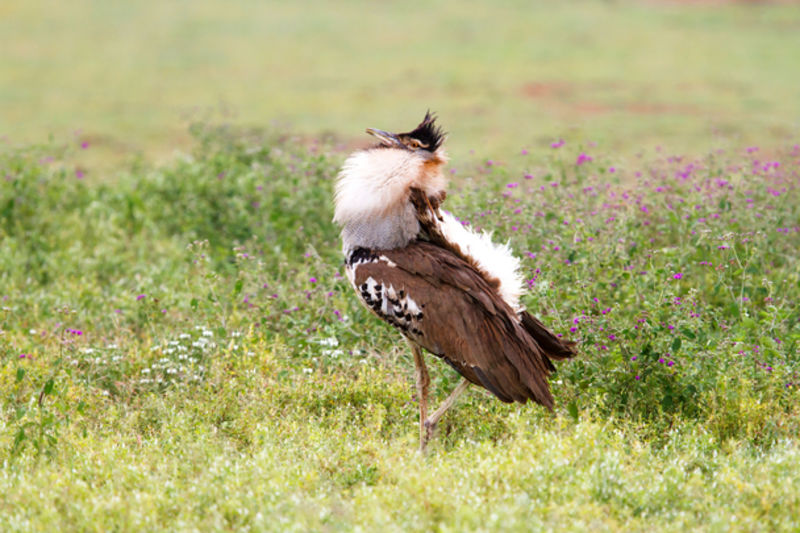
Tanzania at #12 with 1,074 bird species, of which 31 to 36 are considered endemics. Kenya at #13 with 1,058 bird species, of which 10 or 11 are endemics. Uganda at #16 with 999 bird species, of which 420 are forest birds. Rwanda at #47 with 705 bird species, but remember that this is a tiny country (it's only the size of the Crimea!).

1. Murchison Falls National Park, Uganda

Of special note for birders are the various waterbirds sustained by the park's waters, which include the Nile River, its delta, and Lake Albert.
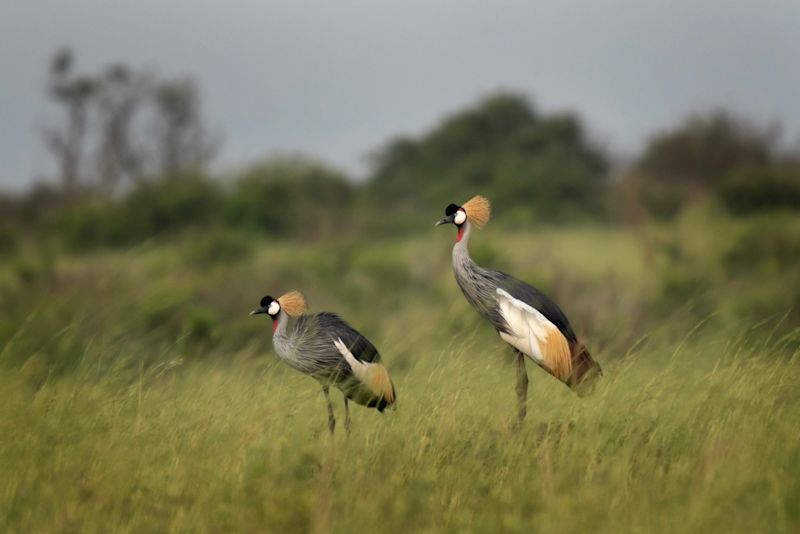
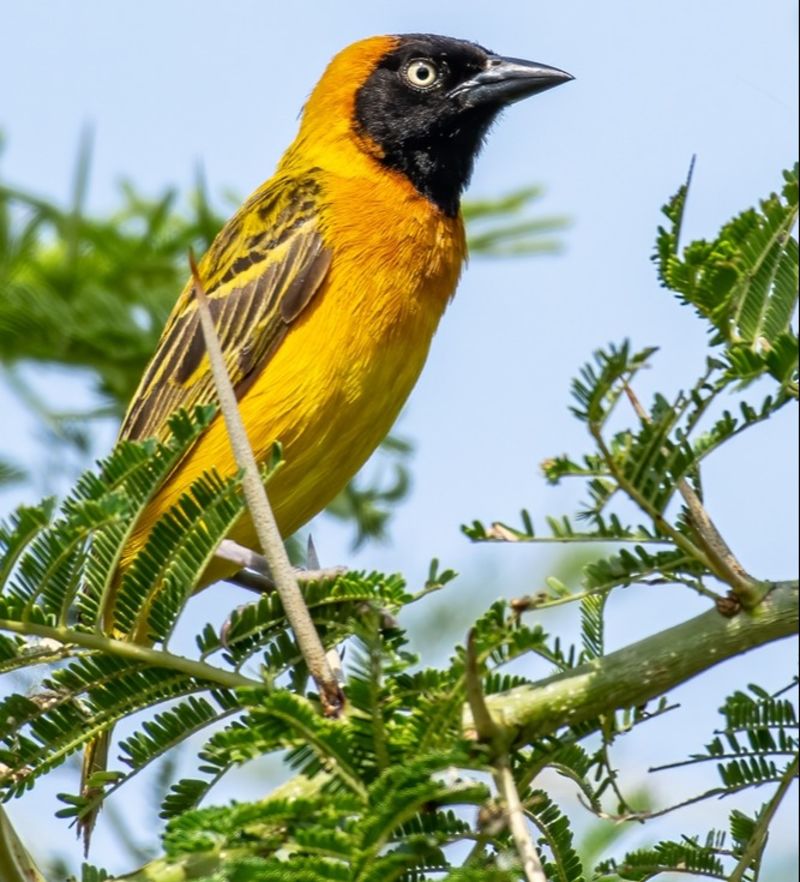
Birders are often amazed at the ease with which you can spot and photograph many of Uganda's most illustrious bird species!
2. Bwindi Impenetrable Forest, Uganda
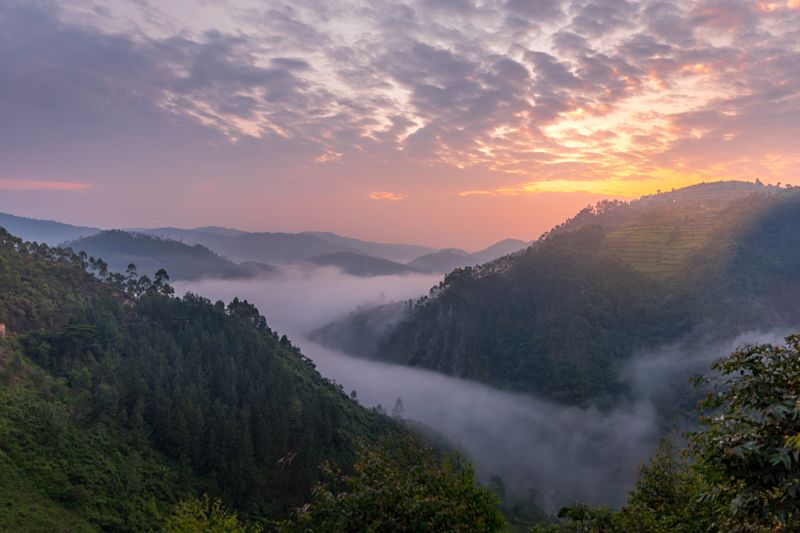
Uganda has 420 forest birds! We don't need to tell you that this is an incredible number, but it's even more impressive when you consider the relatively small size of the country.
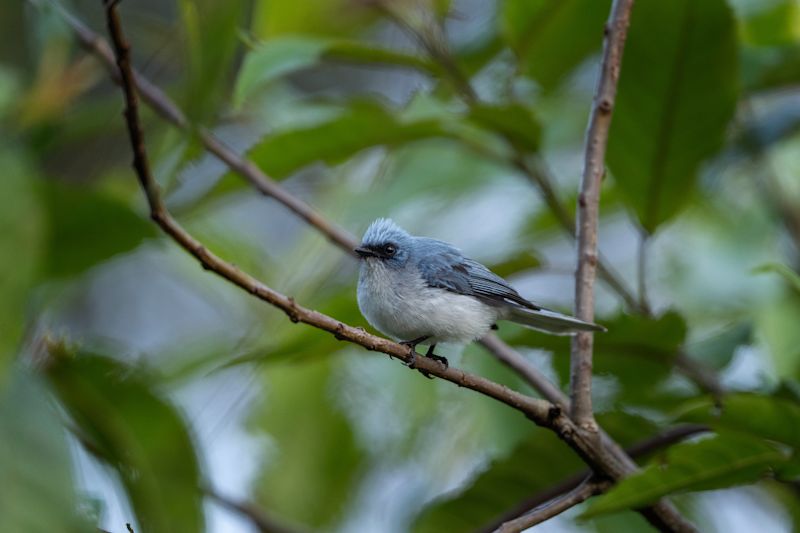
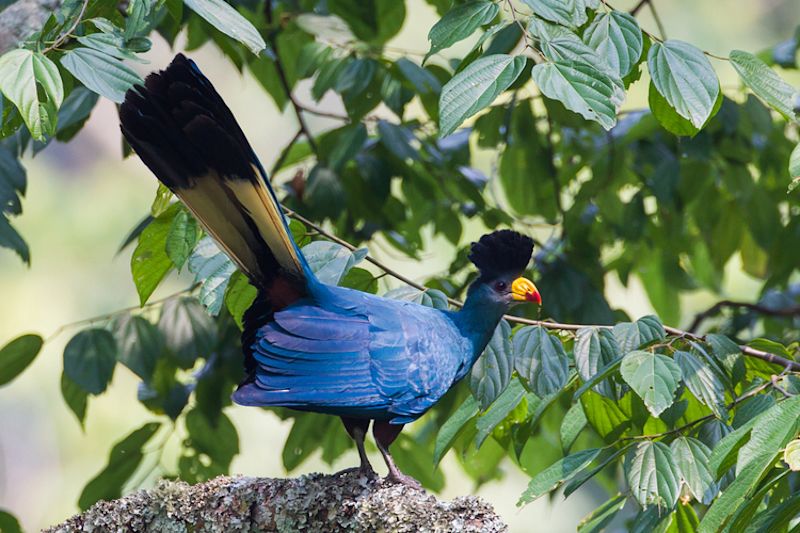
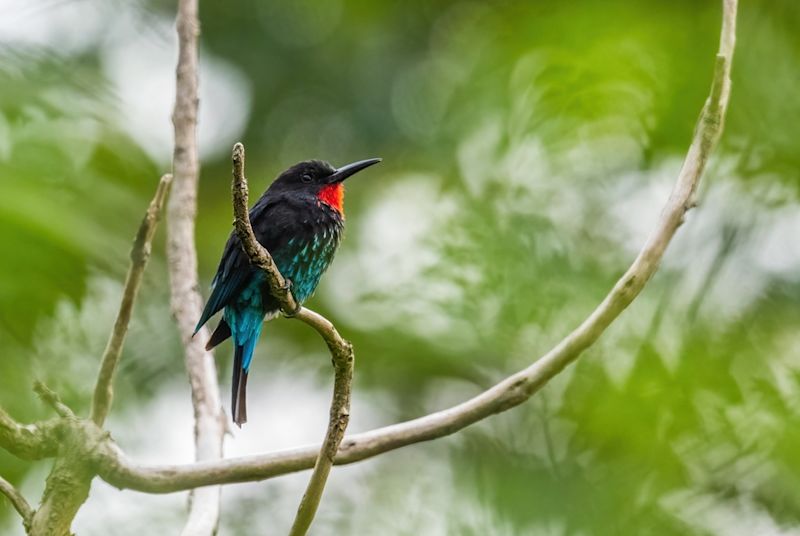
Other notable birding destinations in Uganda
Semuliki National Park, which protects East Africa's only lowland tropical rainforest. Budongo Central Forest Reserve, a tropical rainforest in the Albertine Rift Valley. Queen Elizabeth National Park , which is a very popular game-spotting park too. Mgahinga National Park, where you can also go gorilla trekking. Kibale Forest National Park , a great place to also go chimpanzee trekking. Lake Mburo National Park, which boasts about 350 bird species. Entebbe Mbamba Swamp, the ideal location to see shoebills.
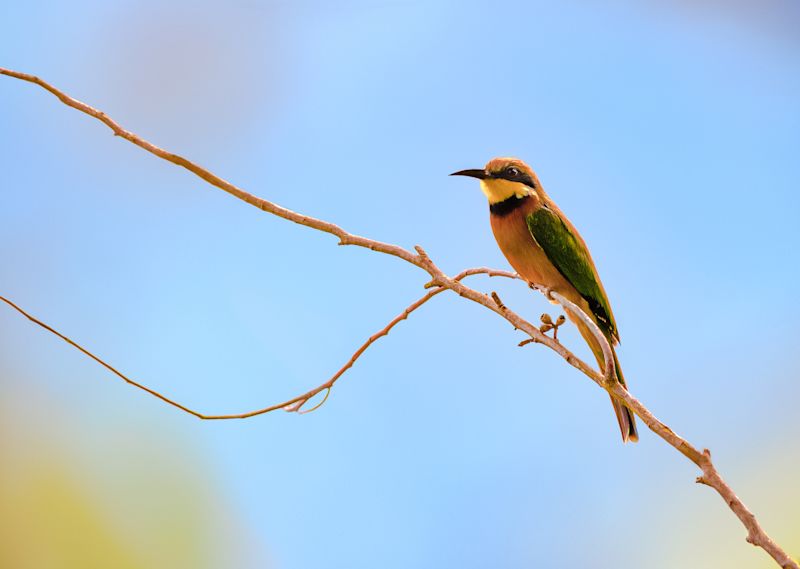
3. Nyungwe Forest National Park, Rwanda
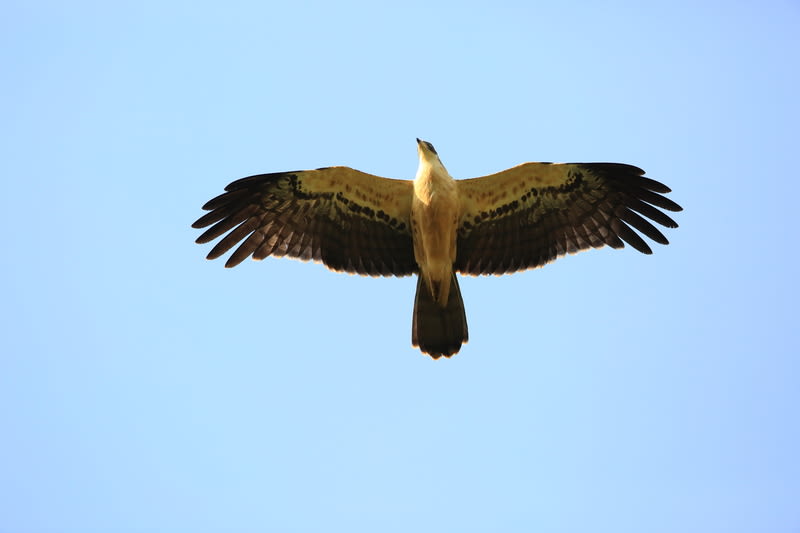
Nyungwe Forest is home to 300 bird species, with 29 of them being Rift Valley endemics! So this is an absolute jewel of a site for birders.

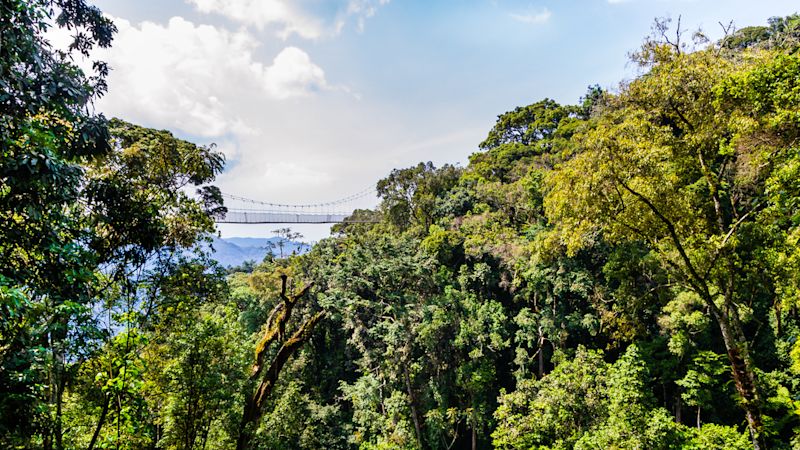
Kamiranzovu Swamp, a high-altitude marshland with a beautiful waterfall, gorgeous foxglove orchids and two endemic bird species (Grauer's Rush Warbler and the Albertine owlet). The kilometre-long canopy walkway, which is the third longest in Africa and offers an excellent vantage point for birders. Colobus monkey or chimpanzee treks, where you go on a guided hike in the forest to find primates, but also invariably spot many beautiful and rare birds! The 13 different hiking routes, which range from one to eight hours in duration, let you take things at your own pace and look for birds to your heart's content.
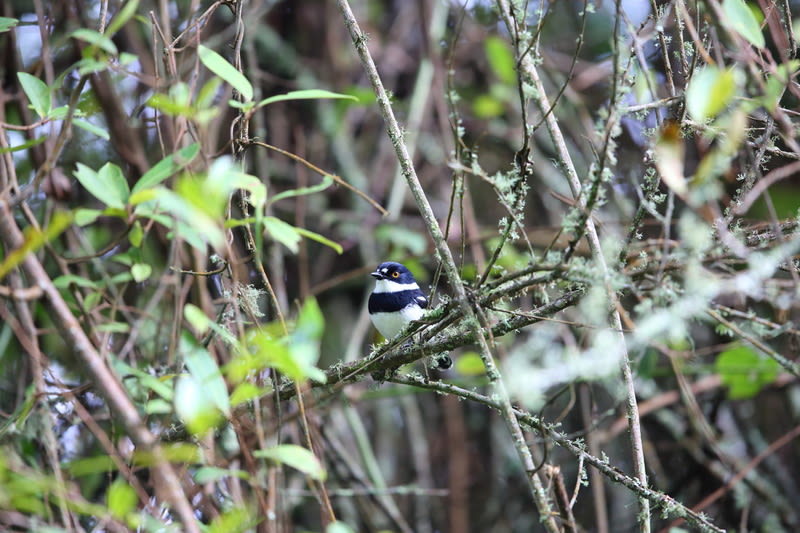
The very best birding months in Nyungwe Forest are December, January and February as migratory birds are present and it's not too wet.
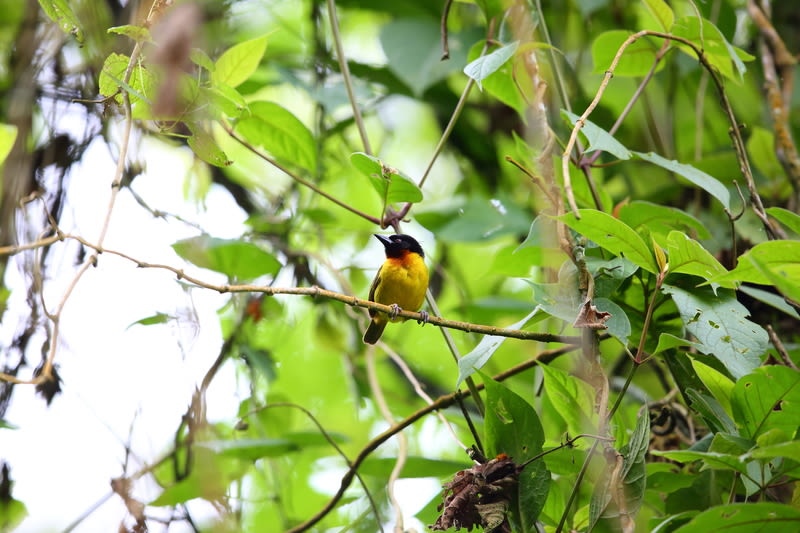
4. Akagera National Park, Rwanda
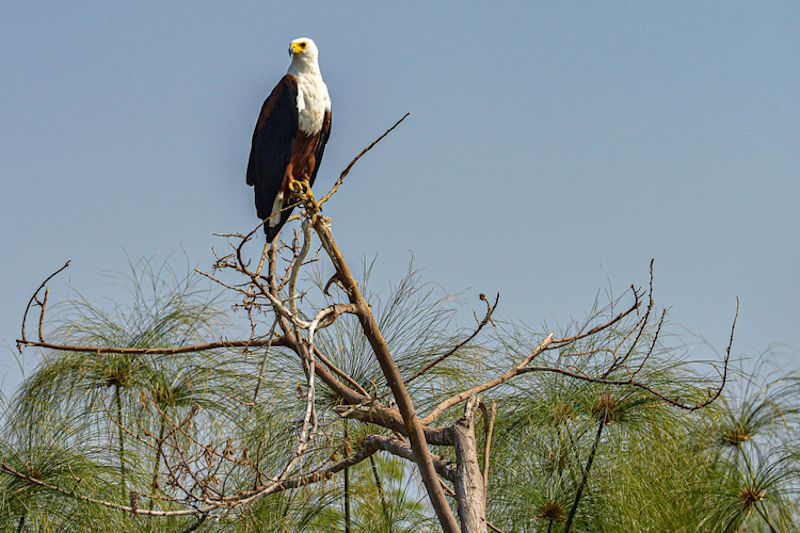
Akagera National Park is the most diverse bird habitat in Rwanda, with over 480 recorded bird species.
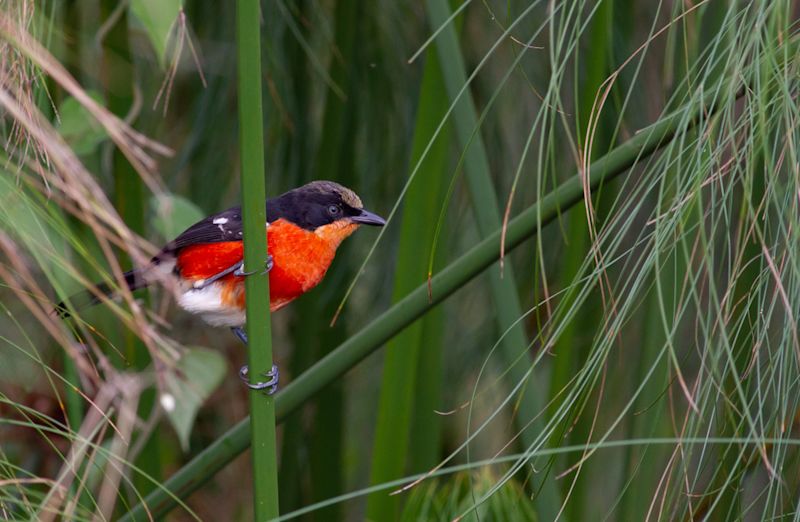
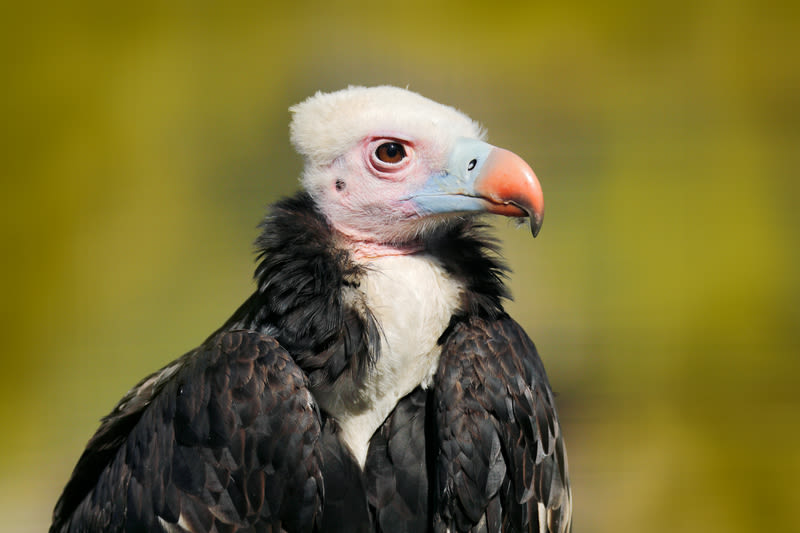
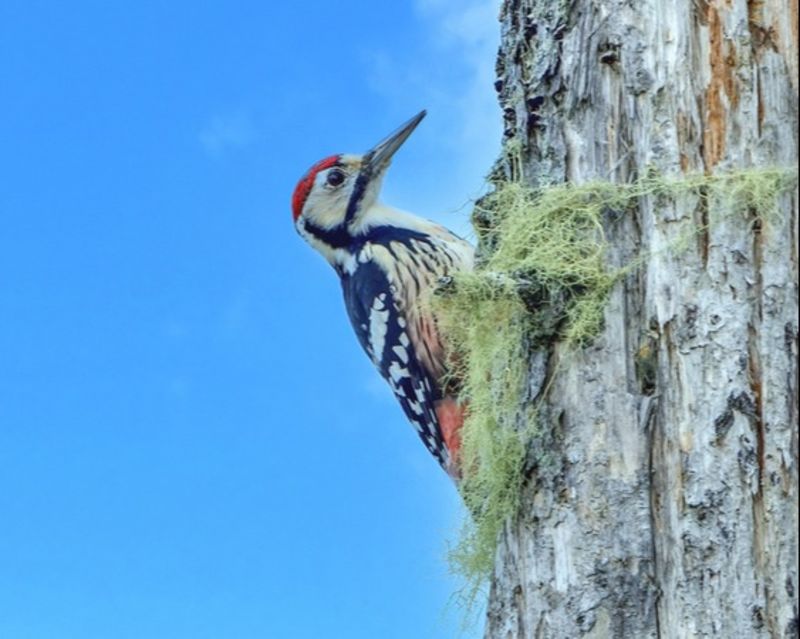
Other notable birding destinations in Rwanda
Volcanoes National Park, a beautiful protected area of montane rainforest famous for its mountain gorilla treks. Rugezi Marsh, a wetland near the headwaters of the Nile with 43 resident bird species. Lake Kivu, where you can go on lovely lakeshore hikes or boat cruises to spot many of the area's 750 bird species. Gishwati Mukura Forest National Park, which hosts 20 endemic bird species as well as 10 species on the IUCN Red List.
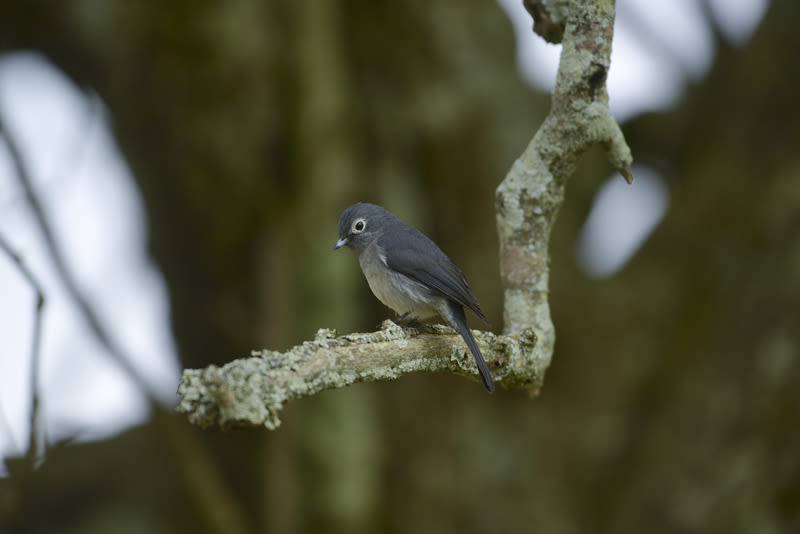
5. Lake Nakuru National Park, Kenya
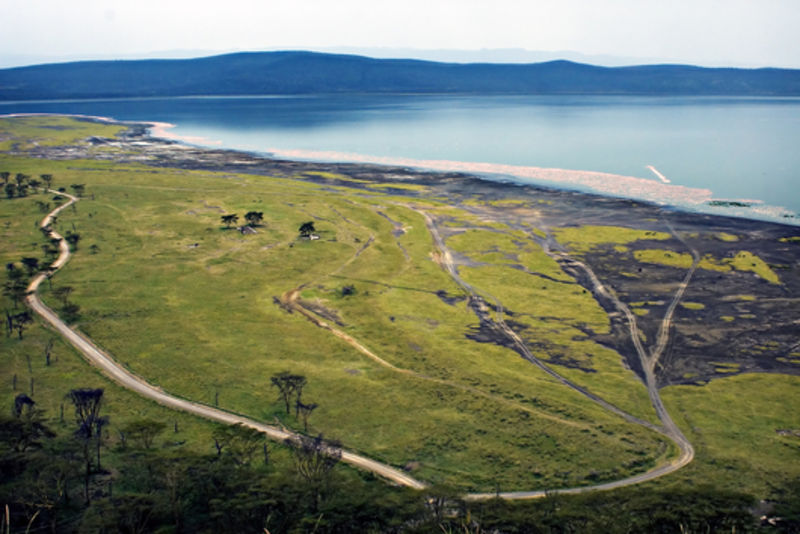
Lake Nakuru in central Kenya sometimes hosts around 1.5 million lesser flamingoes and 9,000 greater flamingoes!

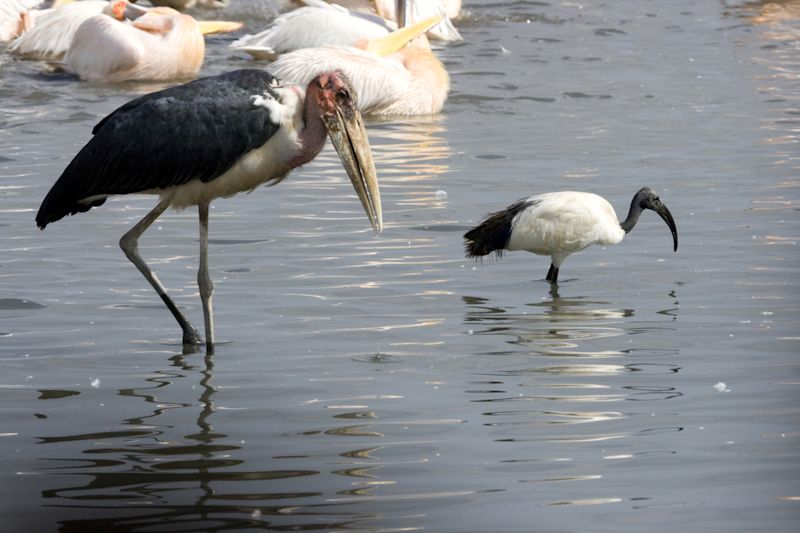
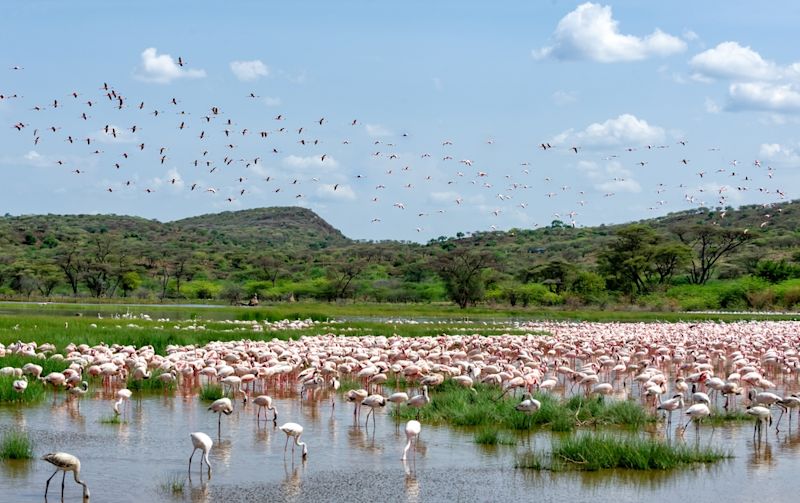
6. Arabuko Sokoke Forest Reserve, Kenya
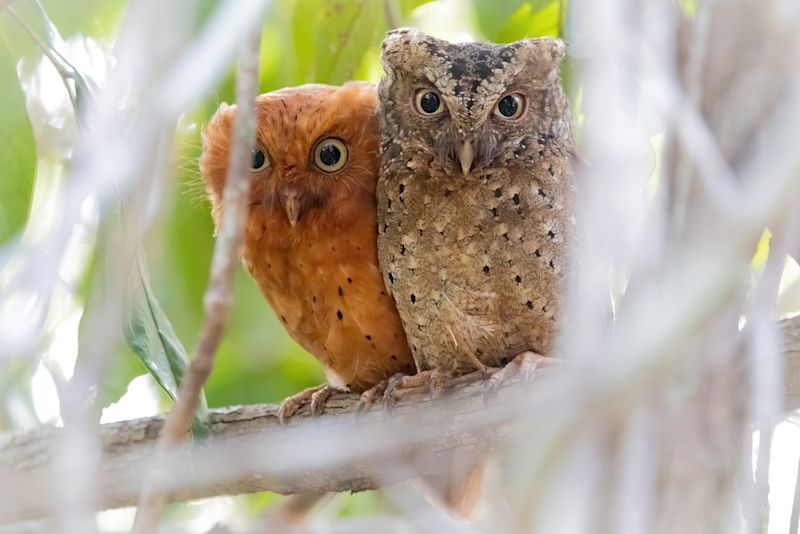
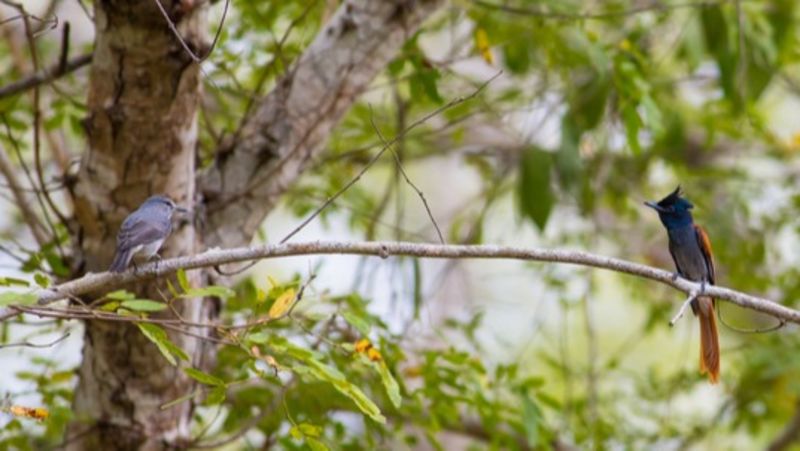

Other notable birding destinations in Kenya
Samburu National Park in north-central Kenya which has blue-necked ostriches. Tsavo East National Park in south Kenya which has more than 500 bird species! Maasai Mara National Reserve , which is especially good for raptor sightings. Mount Kenya National Park, which boasts six mountain endemic bird species. Aberdare National Park, whose forests and moorlands host 290 bird species.
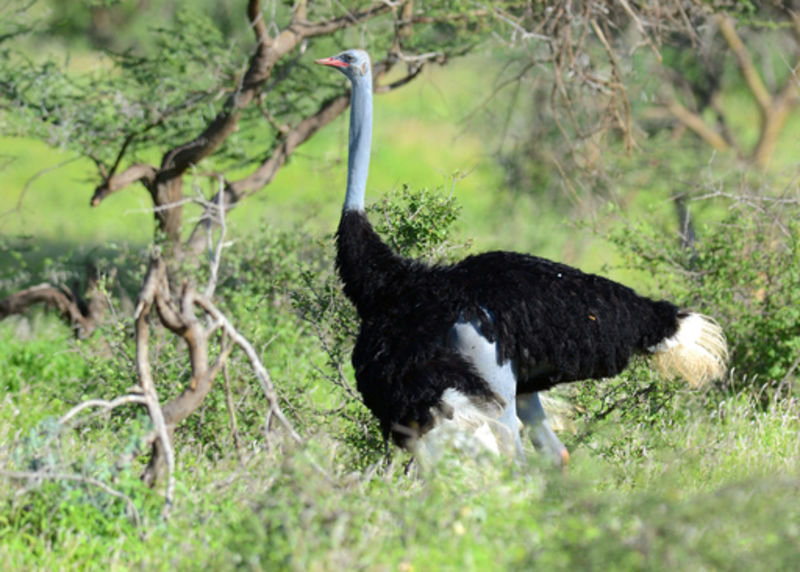
Kenya claims the third spot globally for a Big Day (number of bird species spotted in a single day)!
7. Selous Game Reserve, Tanzania
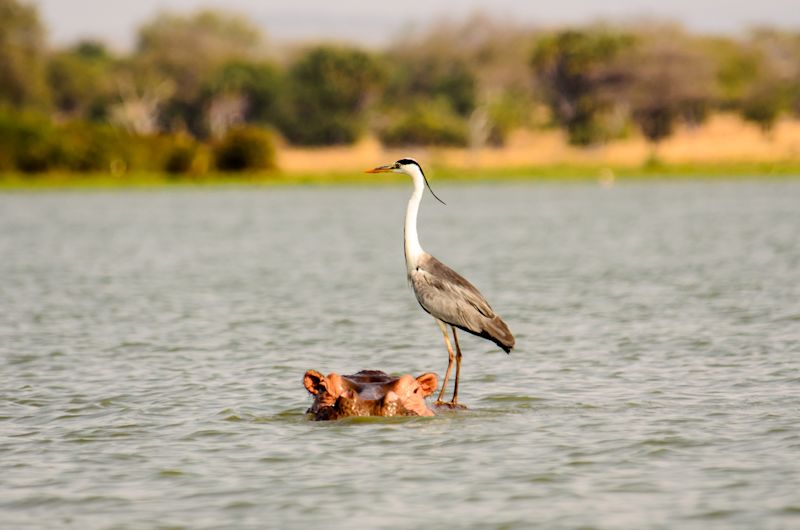
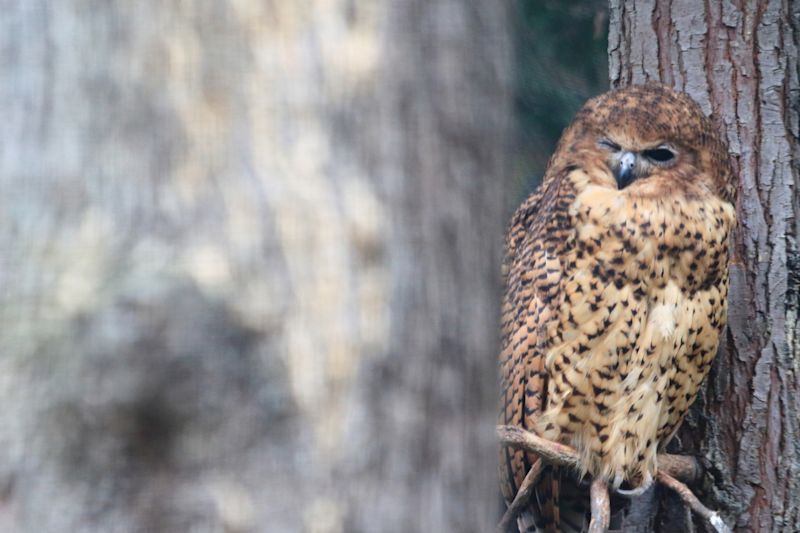
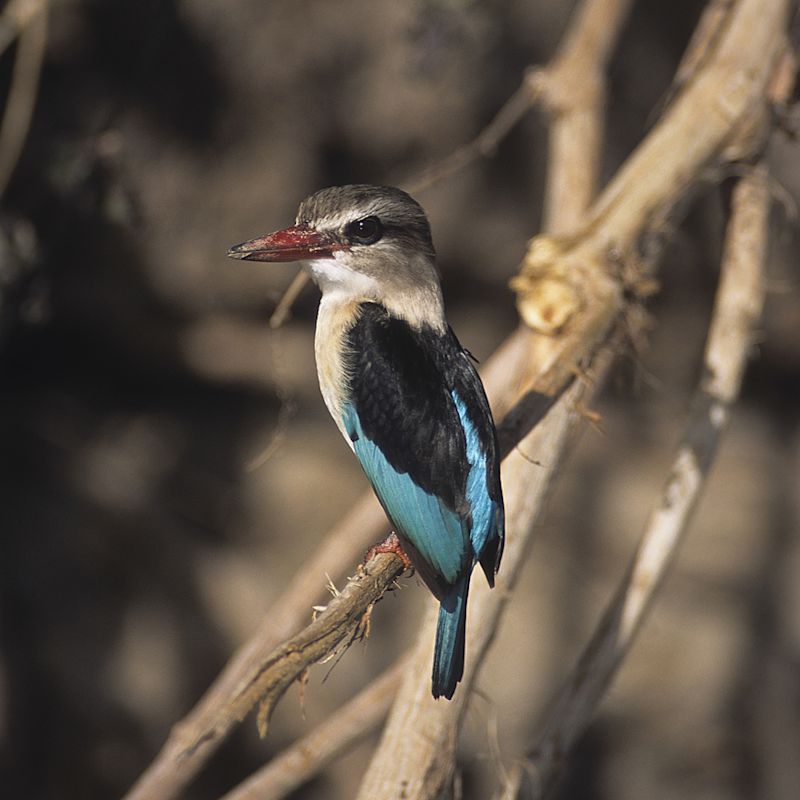
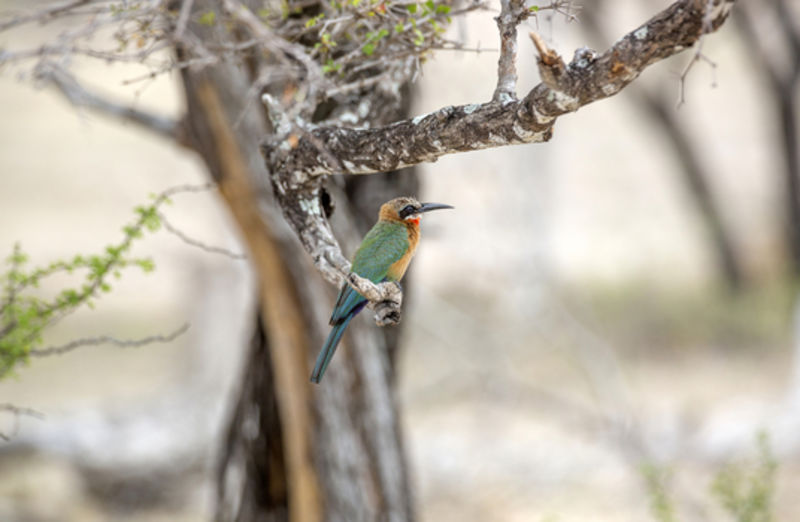
8. Tarangire National Park, Tanzania
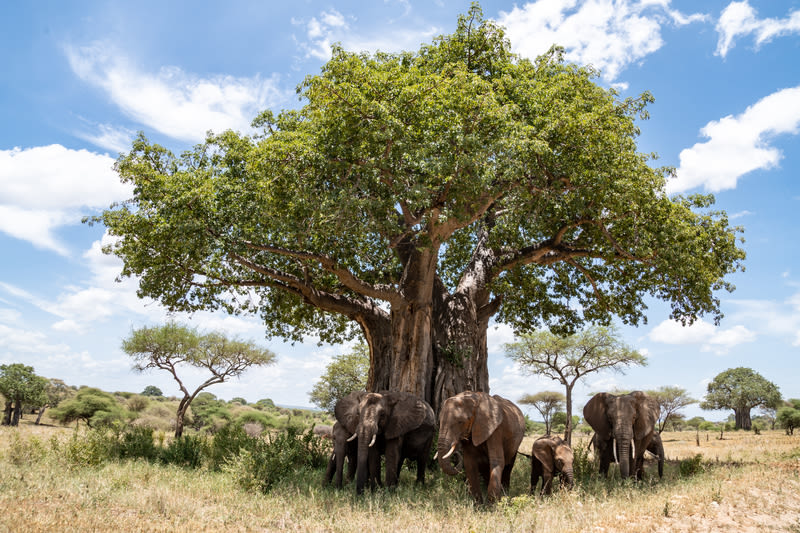
Tarangire National Park boasts more breeding bird species than anywhere else on Earth! It's birding heaven.
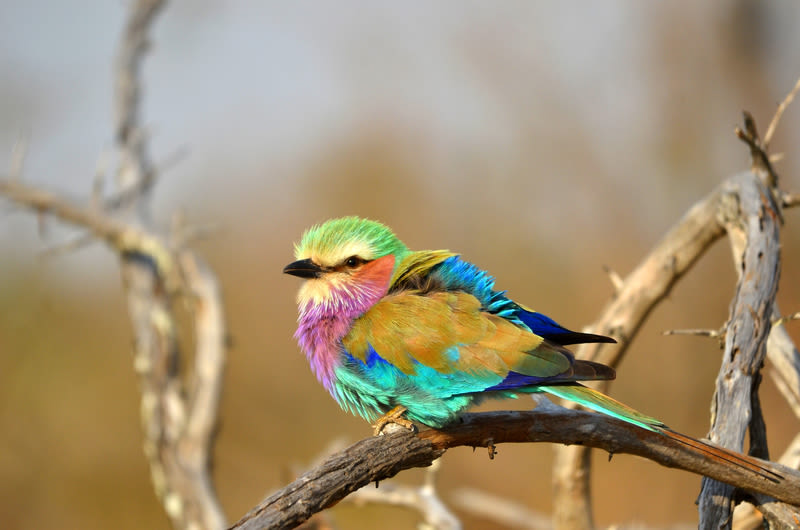
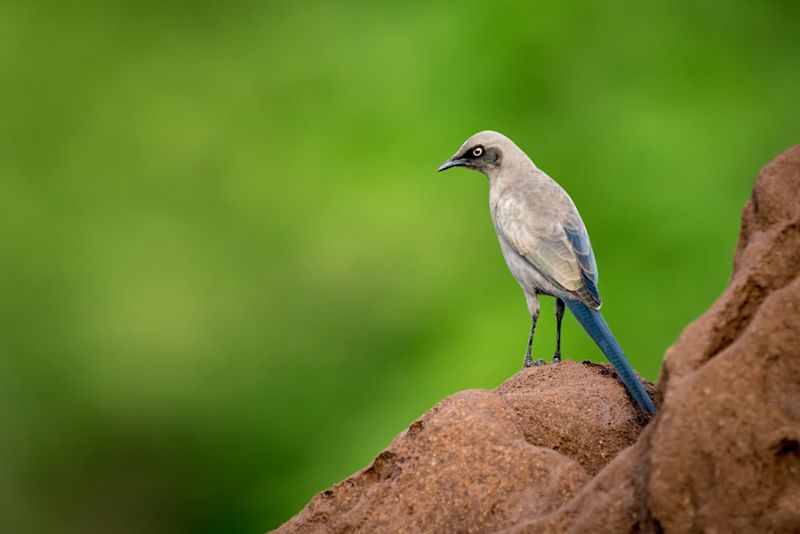
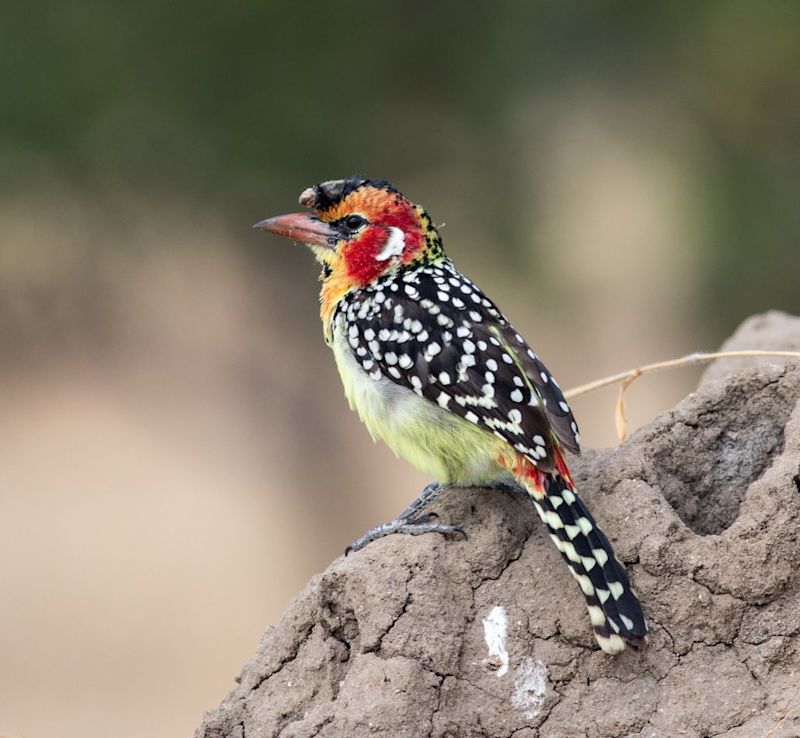
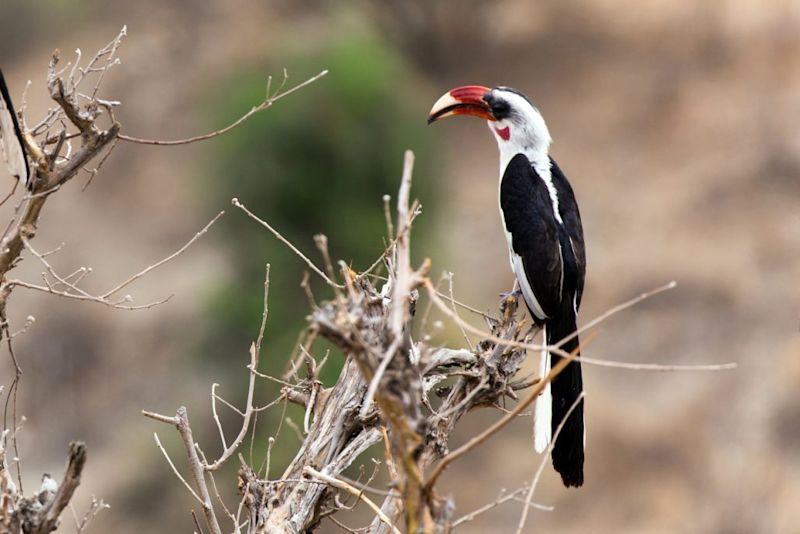
9. Ngorongoro Crater, Tanzania
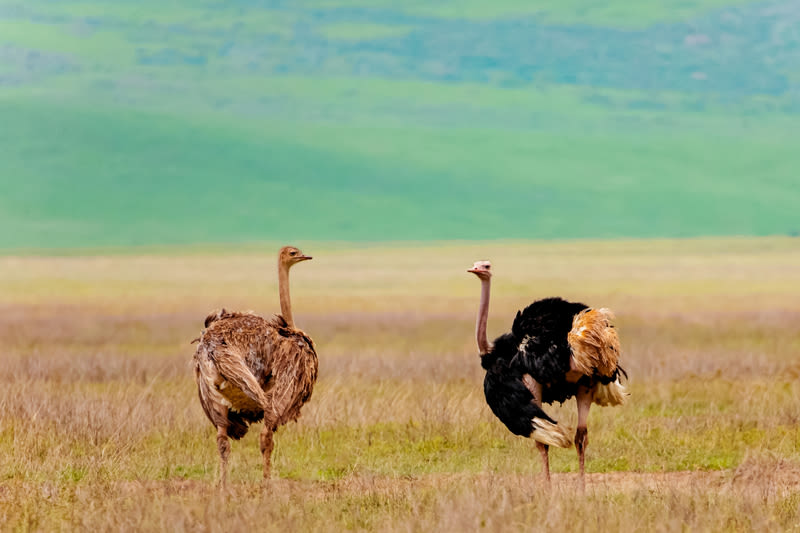


A real drawcard of Ngorongoro Crater is that it allows you to see many rare, beautiful, migrant and endemic birds in a short space of time.
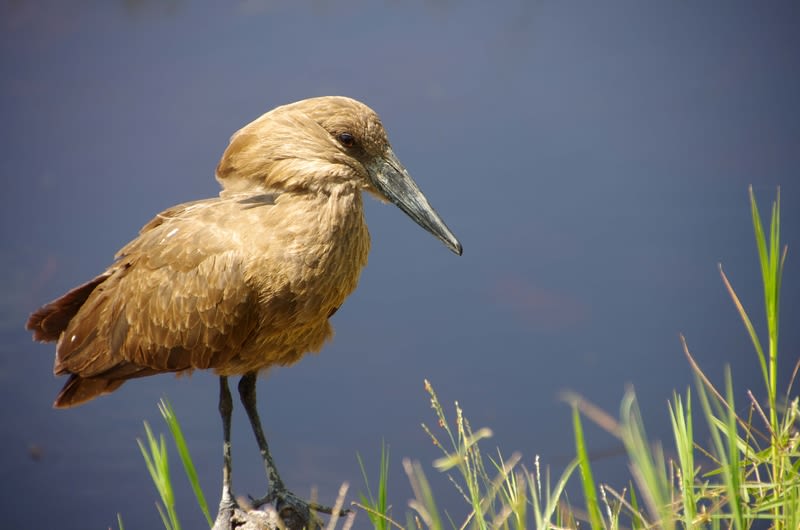
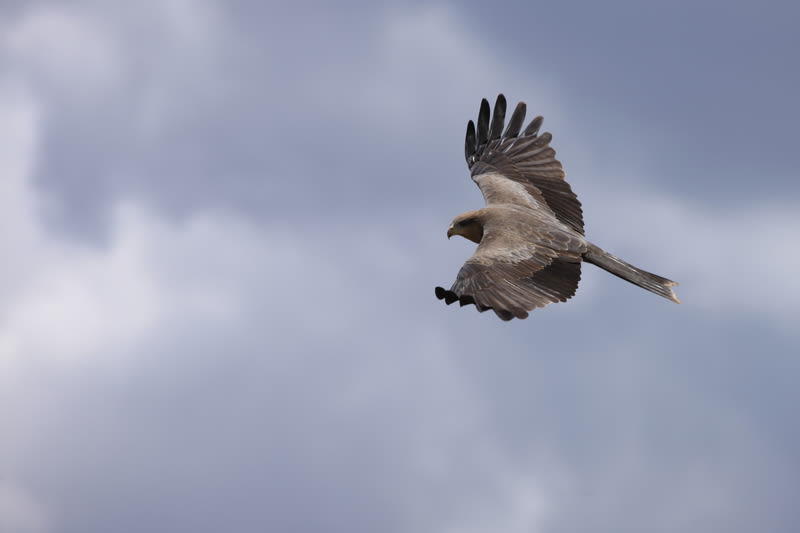
Other notable birding destinations in Tanzania
Jozani Forest–Chwaka Bay National Park in Zanzibar, which boasts over 60 bird species, including many waders. Lake Manyara National Park , whose lake is often covered in flamingoes, pelicans and other waterbirds. Arusha National Park, which is within sight of Mt Kilimanjaro and attracts many species with its beautiful Momela Lakes. Serengeti National Park, where you can also witness the incredible Great Wildlife Migration .
